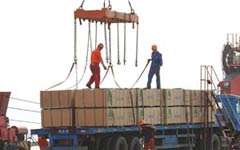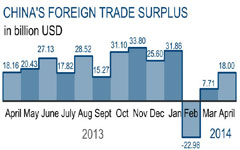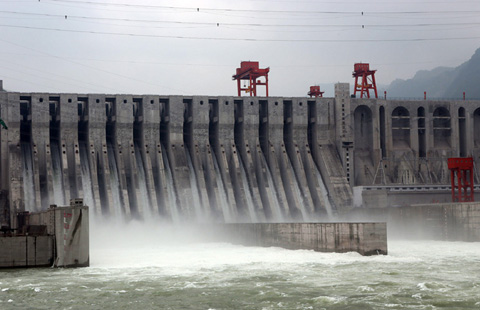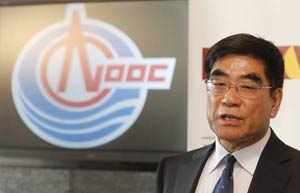Resilient exporters ride the waves as competitors falter
By Wei Tian (China Daily) Updated: 2014-07-11 07:00In April, Shanghai's exports of technology products grew by 13.9 percent year-on-year, while mechanical and electronic exports soared by 17.2 percent.
By and large, the results were echoed in Zhejiang.
In the first quarter, exports of computer and telecommunications products grew by 18.4 percent amid slowing growth in its traditional sector of clothing and shoes.
But Guangdong province, the country's largest export engine, is still struggling to find a way to maintain its leading status.
|
 |
 |
Exports from labor-intensive manufacturers continued to grow in Guangdong, by 5.1 percent by June. But exports of mechanical and electronic goods, as well as high-tech products, which accounted for two-thirds of the province's total outbound goods, dropped by 18.9 percent and 30.3 percent, respectively.
Guangdong Governor Zhu Xiaodan said the province has been facing "larger than expected" pressure to achieve its economic growth target.
"This is a combined result of industries' long-term structural problems and the seasonal economic downturn," he said at a meeting to review the province's half-year performance.
Wang Wei, owner of Betta Footwear Factory, a Dongguan-based shoemaker, said: "There are still orders coming in, but it's hard for us to make profits."
Footwear prices remain low because of sluggish Western markets. As a result, many companies are not taking new orders.
"A lot of factory owners in the Pearl River Delta region, who started their businesses in the 1990s, have shut down their factories, and their children are not willing to carry on the family business," Wang added.
The better-performing exporters in the Yangtze River Delta region have achieved success due to a shift in business models years ago.
In Ningbo, an export-oriented city in Zhejiang, for example, companies that are thriving are those that adapted to change a decade ago.
- Top international luxury brand expo opens in Beijing
- Woman sells Beijing house, buys six properties in US
- Green finance needs government intervention: experts
- China signs $1.6b engineering deal for Siberian LNG project
- Fonterra joins Abbott to plan third dairy hub in China
- Lufthansa sees full Air China joint venture not before 2016
- Bigger govt role needed in green finance
- BIT to re-anchor US-China economic relationship

















